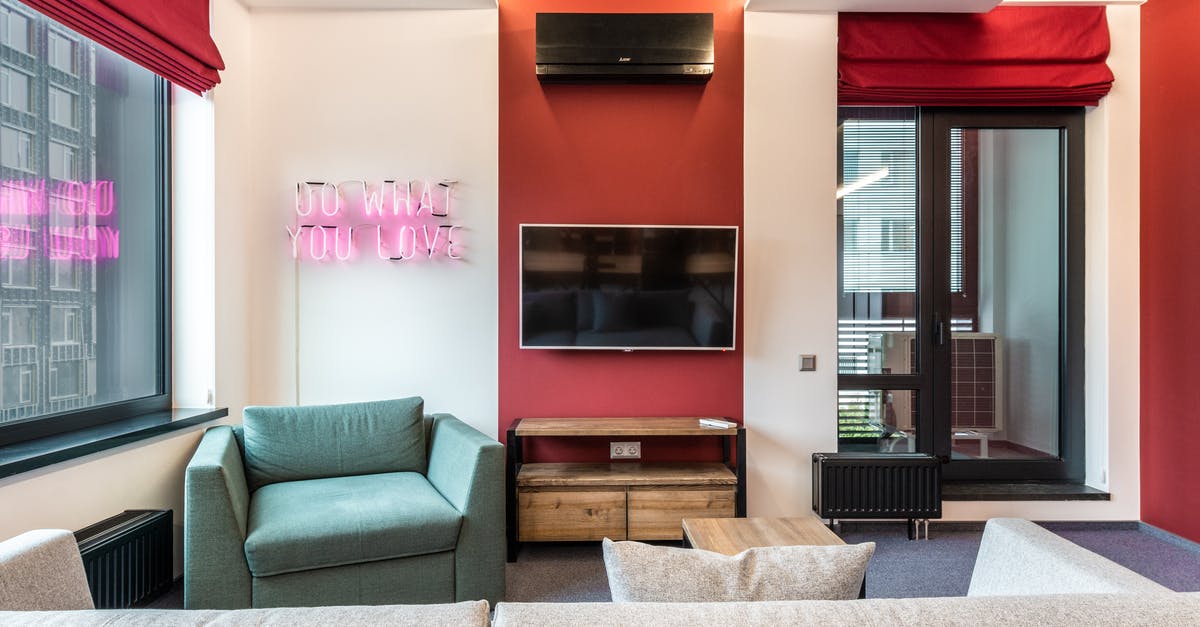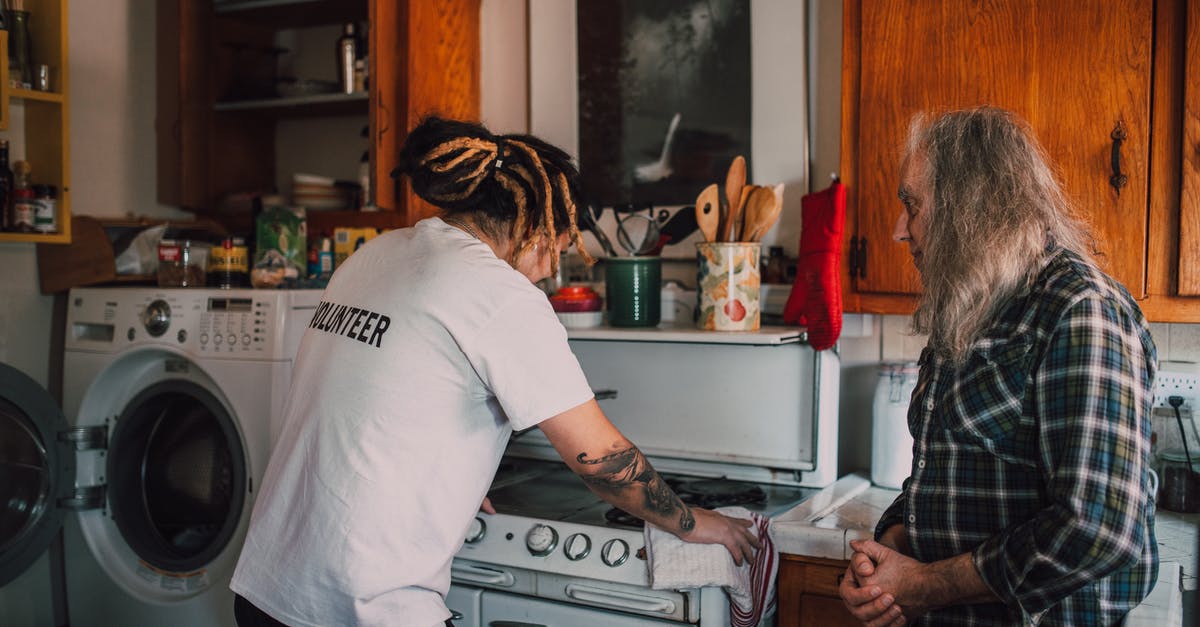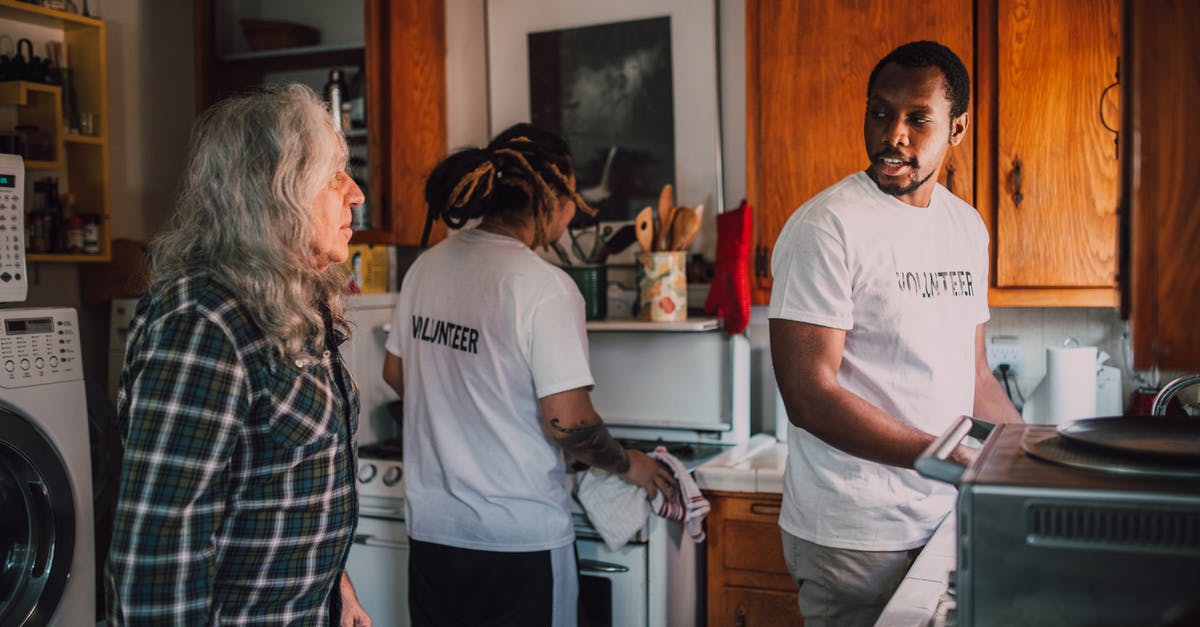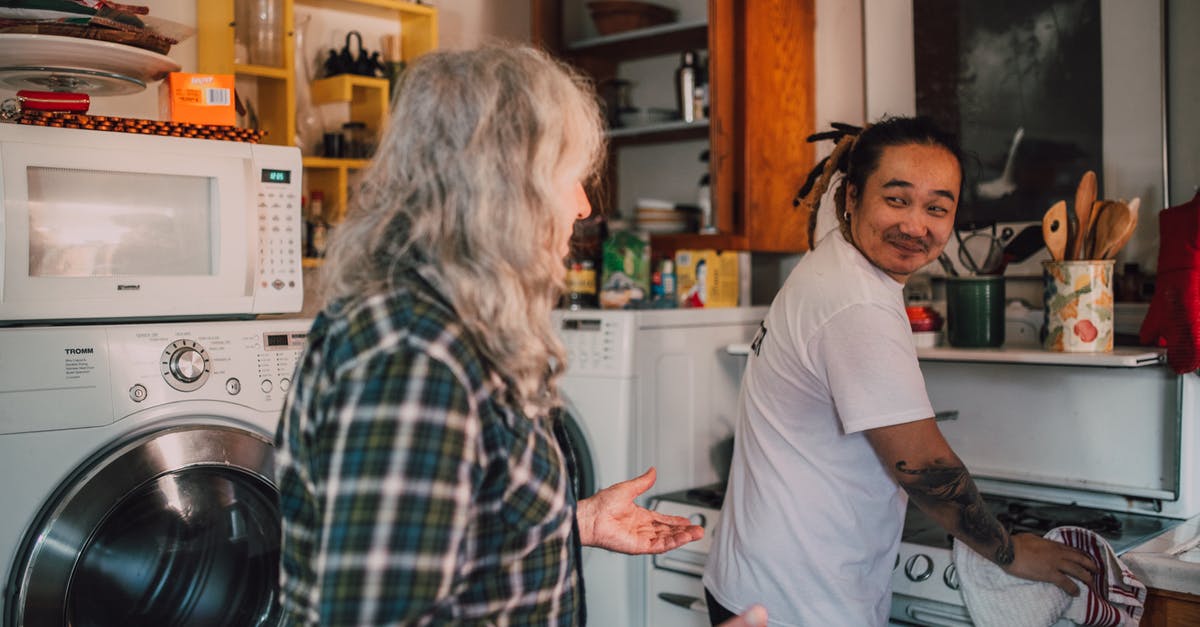What exactly do all the extra modes on my oven do?

My KitchenAid dual fuel/dual oven has, in addition to bake and broil a few advanced modes.
Some are self explanatory, bread proof and keep warm, however a few others aren't and the manual says "best for cooking type X" rather than saying "oven acts like this"
So can anyone help with this?
What does
- slow cook
- roast
- easy convect
Actually do?
Best Answer
Okay, both of the answers from Greybeard and Manu have part of it. I know this is an old question, but I assume others with fancy ovens may wonder about such settings too. Let's put it all together.
- ROAST - note that for this oven, ROAST is a convection setting. Although the manual doesn't state this explicitly, generally convection ovens with a ROAST setting combine heat from the convection element along with the top and bottom heating elements that would normally be activated on a non-convection BAKE setting. The difference is that convection BAKE usually employs only the heating element near the fan (the convection element) to avoid excessive browning for baked goods and such. Thus, in convection BAKE, the heat is primarily transferred only via air circulation. But in convection ROAST there is radiant heat from the top and bottom elements as well, which will help to brown meats and such. (For the record, BROIL under convection will typically employ the top heating element as well as the convection fan element, but no bottom element.)
- EASY CONVECT - this one is explained clearly in the manual. Or, well, maybe it's not explained clearly, but the explanation there implies what it does. Essentially, you need to make adjustments when cooking via convection compared to traditional baking. The air circulation can cause the surface of foods to heat up faster, which may lead to excessive browning (e.g., for many baked goods) or excessive drying out (e.g., for meats in some circumstances). Normally, you need to convert a recipe from "standard" non-circulating air to "convection" yourself, usually by adjusting the temperature down (often by 25-50 degrees F) and sometimes decreasing cook time. This oven allows you to simply enter the type of food you have -- MEATS, BAKED GOODS, or OTHER (which includes convenience frozen foods) -- and then enter the typical temperature and time you'd use for a standard recipe with a normal non-convection oven. In this case, apparently the oven won't listen to you, but instead will do some magical math conversion that decreases the time and temp to try to approximate the way you should cook the dish using convection. (For example, you tell your oven to bake at 350F for 30 minutes, and it instead chooses to back at 325F for 20 minutes.) So rather than guessing on how to convert a recipe from "standard bake" to convection, you can let your oven guess for you! Easy! (Apparently...)
- SLOW COOK - This one is the hardest to find clear info on, because these settings tend to do different things in different ovens. This review of a Kitchenaid oven (which may be the model OP has) with the SLOW COOK setting claims it "keeps food just above the keep-warm temperature, providing an alternative to a countertop slow cooker." I believe the clue here is in mentioning the KEEP WARM feature. You see, most modern ovens have a minimum temperature of about 170F, because lower temperatures will not heat food fast enough to prevent food poisoning (and can allow it to remain in the danger zone below 130F for far too long). Apparently the KEEP WARM setting on some Kitchenaid ovens however can go as low as 145F. (Note in the manual that these settings come with a big warning about food poisoning when using them.) The important thing is that these fancy Kitchenaid ovens are capable of lower heat settings. Anyhow, one complaint about oven SLOW COOK settings compared to crock pots is that they often heat too quickly, and the food thus spends too much time at a high temperature. My guess from the description in the above review is that these ovens in SLOW COOK mode attempt to avoid this problem by gradually increasing the temperature over a longer time span. Another possibility is that I've seen some ovens even disable the possibility of temperatures lower than 200F or even 225F (again, likely to prevent food poisoning). I can't find any specs on Kitchenaid ovens that state the "normal" temperature range allowed for the BAKE setting, but it's possible that they only allow very low temperatures (as low as 170F) to be entered specifically for the SLOW COOK setting, ensuring that people are consciously employing it and supposedly following the manual's recommendations for time and temperature for safety. (I had a fancy slow cooker a few years back -- might have even been a Kitchenaid, but I can't recall -- that wouldn't even allow you to set it on "Low" with a time less than 8 hours, likely for similar legal liability reasons.)
Pictures about "What exactly do all the extra modes on my oven do?"



What are the different symbols on an oven?
Oven Symbols Guide- Fan oven symbol. The standard setting for many electric fan-assisted ovens shows a fan, often inside a circle. ...
- CircoTherm\xae symbol. ...
- Circo-roasting/grill with fan symbol. ...
- Bottom heat symbol. ...
- Top and bottom heat symbol. ...
- Pizza symbol (fan with bottom heat) ...
- Bread baking symbol. ...
- Slow cooking symbol.
Is bake mode and convection mode same?
Convection Bake uses a fan and exhaust system to circulate heat. In contrast, a regular bake does not use a fan. In a standard oven, the hot air fills the oven cavity without circulating, which can create hot and cool spots.Why are there two bake options on my oven?
A regular bake setting is fairly straightforward. The heated air inside the oven surrounds the food and cooks it from the outside, in. By contrast, a convection bake vs regular bake setting uses a fan at the rear of the oven to circulate the heated air inside. It also utilizes an exhaust system to help expel moisture.Convection vs. conventional ovens explained
More answers regarding what exactly do all the extra modes on my oven do?
Answer 2
Having read the instruction manual for this oven, it is far from clear what they mean by the different modes. However, there are some clues and the generic design of most modern appliances should apply here.
Modern electric ovens comprise of 3 heating elements, 2 flat zig-zag elements and a circular fan element. One in at the top of the oven, one is in the bottom, and the fan element is at the back.
When in convection mode, this fan will be running, but may or may not be in conjunction with the circular element. This allows food to be cooked via the top element only with rapid air circulation facilitated when the door is closed. Alternatively, the top element only can be used with the fan off, in which case the door should be left open.
In standard convection mode, the circular element and the fan will be running, and the upper and lower elements turned off. This equates to a standard fan oven, roughly 10% hotter than a non-fan electric oven.
The top and bottom elements can operate independently, allowing heat to come from the top, bottom, or both directions simultaneously. Some ovens may allow the fan to be used (and its corresponding heating element) simultaneously. So to summarise, the modes we have are as follows:
- Top element only
- Top element with fan
- Bottom element only
- Bottom element with fan
- Top and bottom element no fan
- Rear circular element with fan
- Top, bottom and circular elements with fan
These equate to the difference roasting and baking modes on your model I presume, my cooker is more explicit in stating they are for pizza, cakes and bread etc.
If you have a digital thermometer, I would try out each of the modes and plotting the temperatures to see what equates to what.
Obviously, there will be differences between models, for instance my oven has a defrost function which is a very low heat setting. What element it uses I know not, but as previously mentioned, a lot of ovens have functions most of us will never use.
Answer 3
Roast - This one is clear - this is for stuff like chicken. for food that is solid in the beginning and holds the structure till end, and also means cooking at higher temperature. Bake is slower with medium heat, Roast is faster with high heat. https://www.thekitchn.com/whats-the-difference-between-roasting-and-baking-word-of-mouth-211695 . Difference between roast and broil - broil uses only the top element to roast the top mainly.
Easy Convect - Difference from normal baking and convection baking is that convection involves a fan and exhaust. Easy Convect seems like an option to convert your recipe from traditional baking to convection baking without involving math. See this https://www.youtube.com/watch?v=2dsXq54CB8A. Most recipes you find would have the method for normal baking. This option claims that you can cook the same recipe in a convection method. But I don't think it would work in all cases. Especially cakes will get lopsided results with the air blowing on them. https://www.thekitchn.com/whats-a-convection-oven-and-when-do-i-use-it-appliance-guides-from-the-kitchen-216549
Slow Cook - I am guessing here: slow cook seems like the mode where you would gradually increase the heat on the food in the oven, because there is no preheating required. But wouldn't it be same as putting the food in oven and turning it on?
Sources: Stack Exchange - This article follows the attribution requirements of Stack Exchange and is licensed under CC BY-SA 3.0.
Images: Max Vakhtbovych, RODNAE Productions, RODNAE Productions, RODNAE Productions
